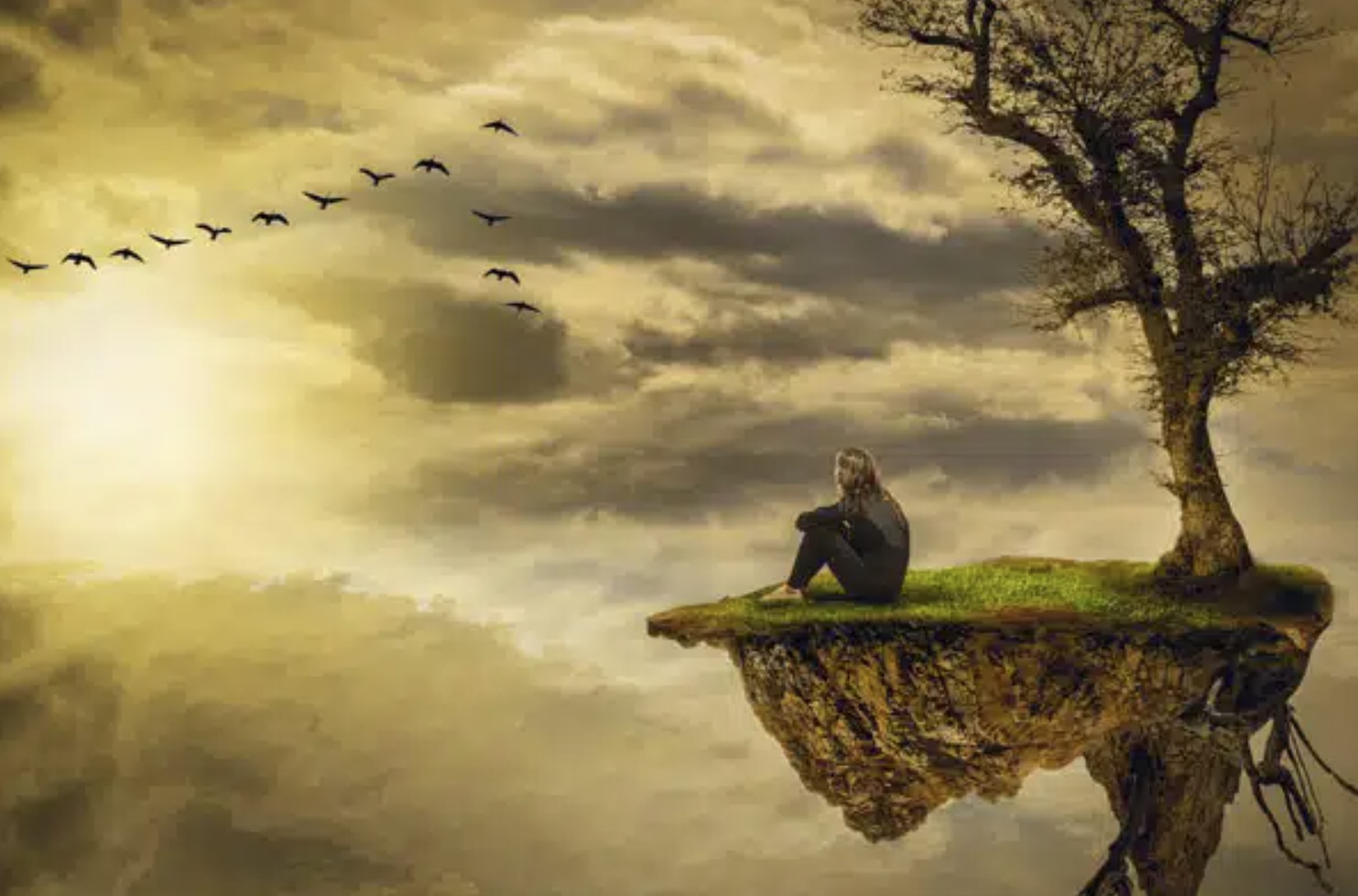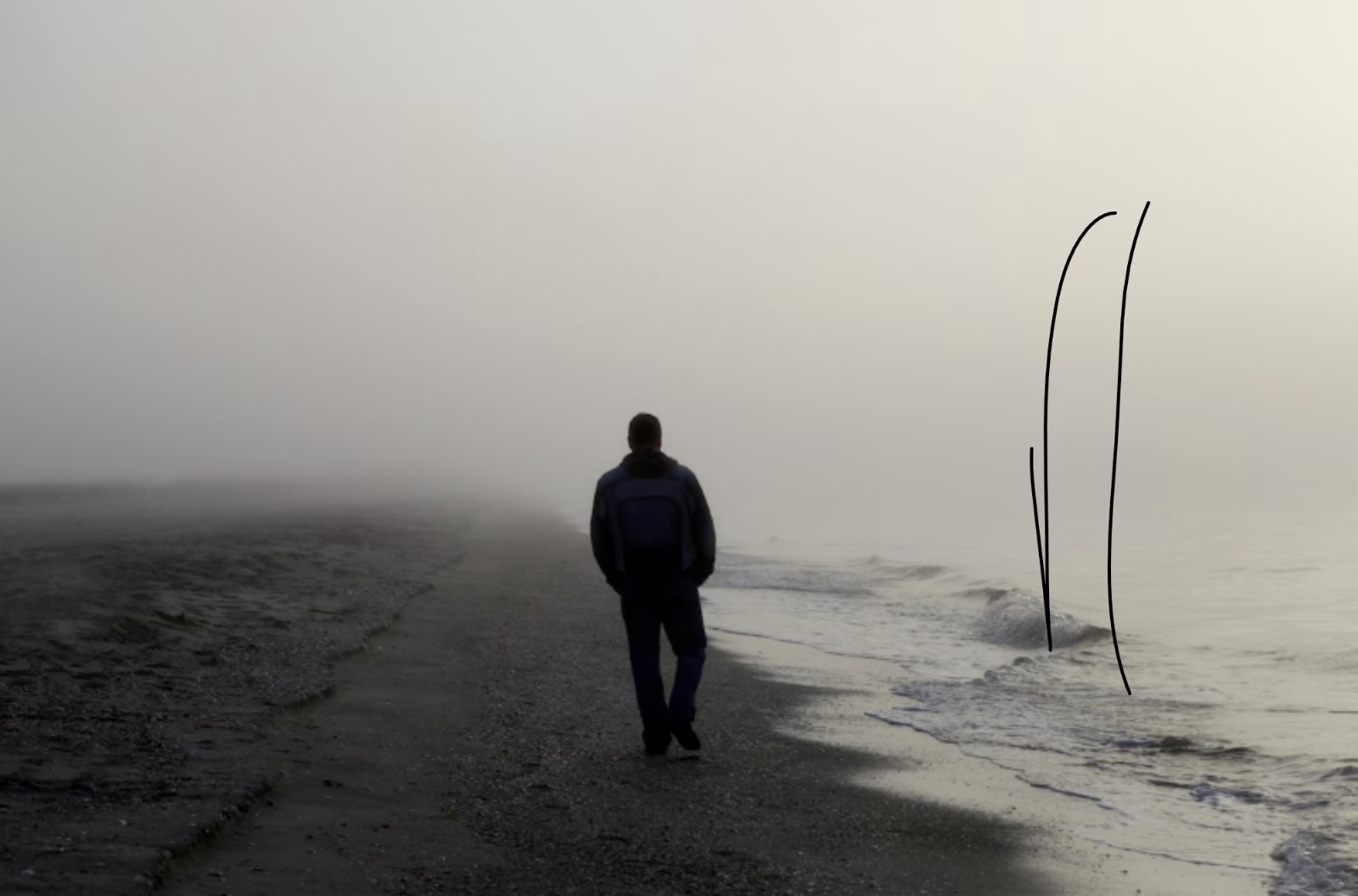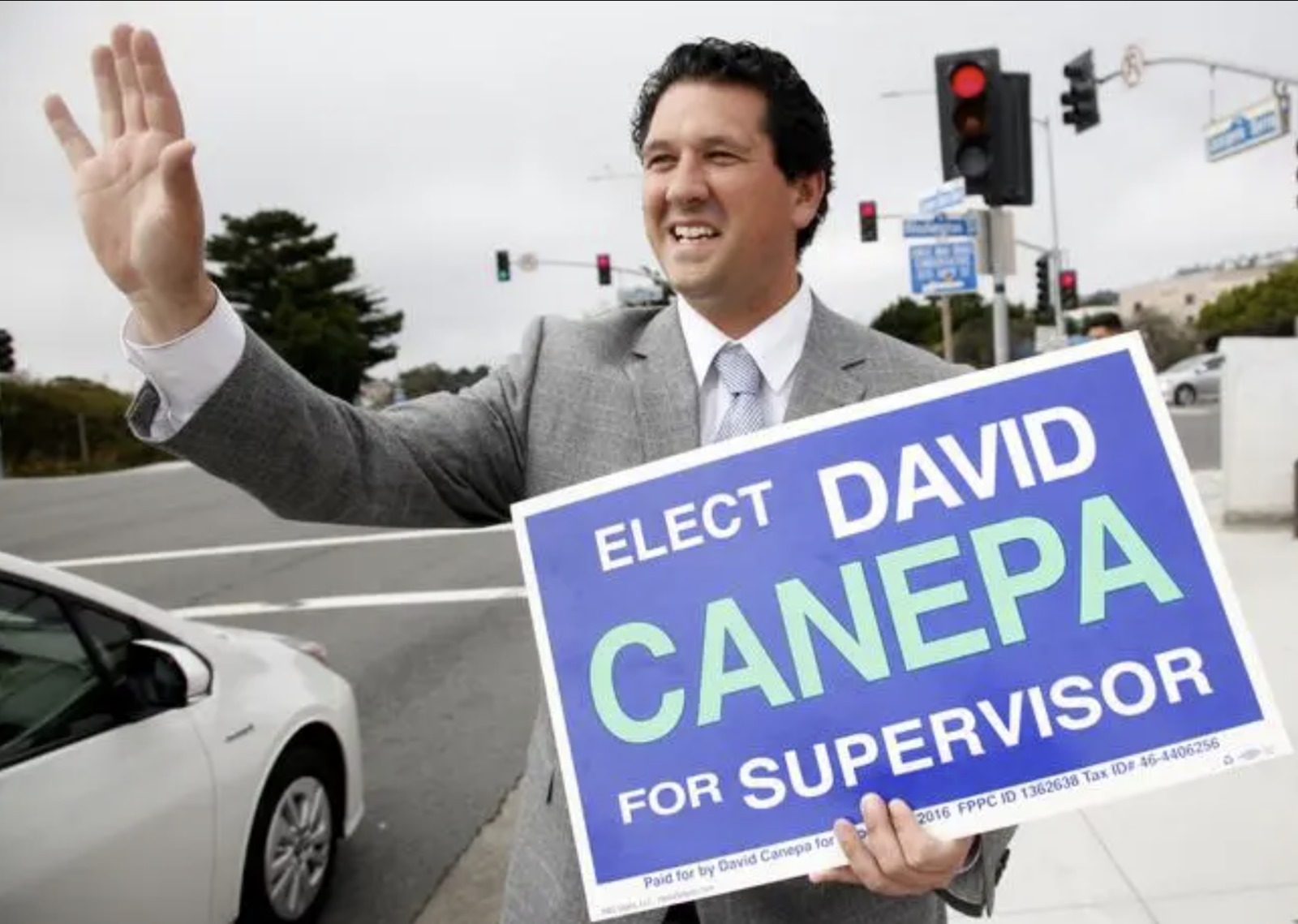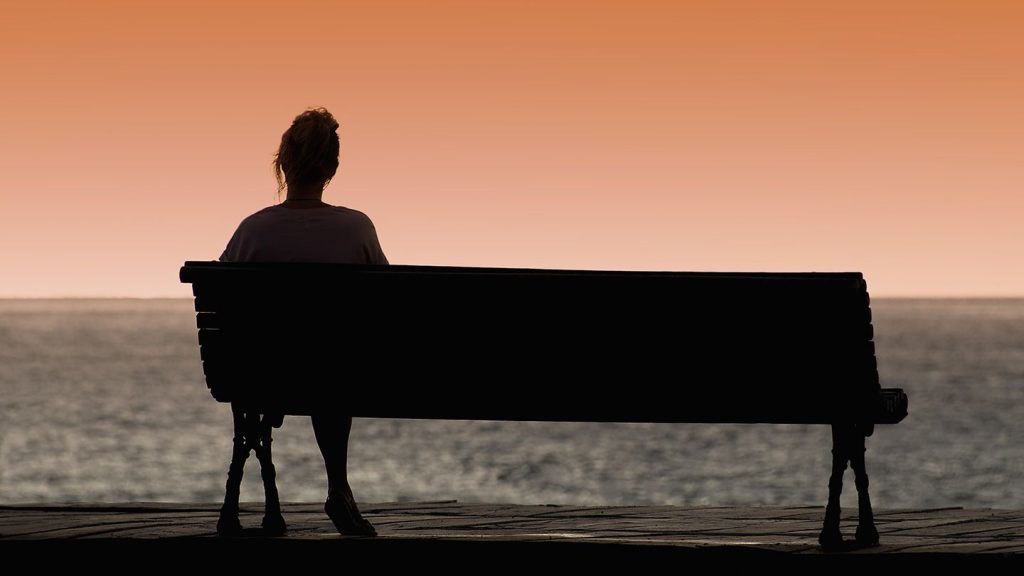On January 30th, the board of supervisors in California’s San Mateo County, a county across the bay from San Francisco and next to Silicon Valley, did something ground-breaking.

For what is probably the first time in American history, a governmental body voted unanimously to declare a health emergency for something very strange, a health emergency for an emotional state, a health emergency for loneliness.
In reality, this was not as unprecedented as it sounds.  In October of 2018, over five years ago, British Prime Minister Theresa May launched a government initiative to tackle, of all things, loneliness. The prime minister called loneliness, â€Å“one of the greatest public health challenges of our time.â€ÂÂ
There was a reason.  According to a press release issued by the Prime Minister’s office, â€Å“Three quarters of,†English doctors, â€Å“surveyed have said they are seeing between one and five people a day suffering with loneliness.â€ÂÂ
What’s worse, the prime minister’s release said, â€Å“Around 200,000 older people have not had a conversation with a friend or relative in more than a month.â€ÂÂ
Then in February 2021, Japan created a new government position, the Minister of Loneliness.  Why?  Japan’s suicide rate was climbing.  The people at particular risk were working women, single mothers, part-time workers, the unemployed, and the elderly.
Then in May of 2023, the Surgeon General of the United States, Vivek Murthy, declared American loneliness to be a national health crisis.  Thanks to Britain and Japan, he was not alone.

Why the harsh increase in loneliness?  One cause: the number of people living alone in the United States had skyrocketed from seven million people living on their own in 1960  to 38 million in 2021.  In other words almost six times as many people in the United States were living by themselves as sixty years ago.  But we are not unique. The same thing is happening all over the world.
To make things worse, America’s Surgeon General was confronted by an epidemic of loneliness of a kind that hadn’t faced England’s Theresa May way back in 2018.  Murthy was up against the trauma left by the Covid pandemic.  And part of that trauma was a tidal wave of isolation.
When Covid hit in early 2020, most of us went into lockdown, were unable to see our friends and family in person, and were forbidden to get together for Thanksgiving or Christmas.  The result was a shocking increase in isolation.
We are still crawling slowly out of that solitary confinement and feeling our way into new lives, lives that have been changed by alien new work norms, work norms that allow us to stay at home and take meetings on zoom instead of high-fiving and hugging our co-workers in person five days a week.
Isolation can exact a brutal price.  According to an article on the science of loneliness in the queen of the science journals, Science Magazine, loneliness can shorten your life.  Loneliness tweaks genes that increase inflammation.  Inflammation produces pain.  What’s worse, over the course of time inflammation can kill you.
Loneliness also cripples your immune system and opens your body to disease.  Loneliness raises your blood pressure and over the course of time threatens your heart. Loneliness increases your odds of stroke and diabetes.
And, according to an advisory from the American Surgeon General, as summed up by MedicalXpress, lack of â€Å“social connection raises the risk of heart disease by 29%, stroke by 32%, and increases the likelihood of developing dementia by 50%.â€ÂÂ

Throwing a curve into all of this is social neuroscientist John Cacioppo, the University of Chicago researcher who put the science of loneliness on the map.  Cacioppo’s research reveals that what counts is not how many social contacts you have, but how you feel about them.  If you are emotionally enriched by the people around you, good.  But some people feel lonely even in a crowd.  Those are the people at most risk.
All of this is why the Surgeon General tweeted that he was â€Å“Grateful to San Mateo County for becoming the first county in America to recognize loneliness as a public health emergency.â€ÂÂ
References:
Lim, M., Holt-Lunstad, J., & Badcock, J. (2020). Loneliness: contemporary insights into causes, correlates, and consequences. Social Psychiatry and Psychiatric Epidemiology, 55, 789-791. https://doi.org/10.1007/s00127-020-01891-z.
Richard, A., Rohrmann, S., Vandeleur, C., Schmid, M., Barth, J., & Eichholzer, M. (2017). Loneliness is adversely associated with physical and mental health and lifestyle factors: Results from a Swiss national survey. PLoS ONE, 12. https://doi.org/10.1371/journal.pone.0181442.
http://www.sciencemag.org/content/331/6014/138.full
https://www.gov.uk/government/news/pm-launches-governments-first-loneliness-strategy
https://ourworldindata.org/living-alone
https://www.statista.com/statistics/242022/number-of-single-person-households-in-the-us/
https://www.gov.uk/guidance/governments-work-on-tackling-loneliness.
https://www.harvardmagazine.com/2020/12/feature-the-loneliness-pandemic
https://twitter.com/Surgeon_General/status/1753432566214873354
https://medicalxpress.com/news/2024-02-loneliness-declared-health-emergency-california.html.
https://www.msn.com/en-us/health/other/ar-BB1hTqEj
https://www.smcgov.org/district-5/about-district-5
|
https://www.dw.com/en/japan-minister-of-loneliness-tackles-mental-health-crisis/a-57311880.
https://www.wired.com/story/weird-science-of-loneliness-brains/


